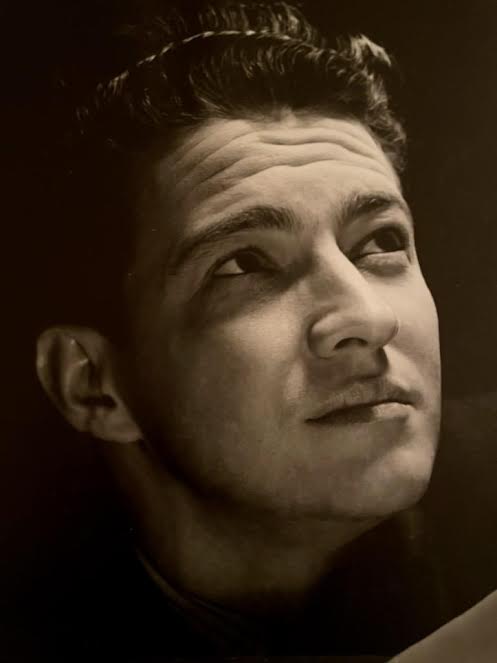John Hubley
 John Kirkham Hubley (May 21, 1914 – February 21, 1977) was an American animated film director, art director, producer, and writer known for his work with the United Productions of America (UPA) and his own independent studio, Storyboard, Inc. (later renamed Hubley Studio). A pioneer and innovator in the American animation industry, Hubley pushed for more visually and emotionally complex films than those being produced by contemporaries like the Walt Disney Company and Warner Brothers Animation. He and his second wife, Faith Hubley (née Chestman), who he worked alongside from 1953 onward, were nominated for seven Academy Awards, winning three.
John Kirkham Hubley (May 21, 1914 – February 21, 1977) was an American animated film director, art director, producer, and writer known for his work with the United Productions of America (UPA) and his own independent studio, Storyboard, Inc. (later renamed Hubley Studio). A pioneer and innovator in the American animation industry, Hubley pushed for more visually and emotionally complex films than those being produced by contemporaries like the Walt Disney Company and Warner Brothers Animation. He and his second wife, Faith Hubley (née Chestman), who he worked alongside from 1953 onward, were nominated for seven Academy Awards, winning three.Hubley was born in Marinette, Wisconsin, in 1914 and developed an interest in art from a young age, as both his mother and maternal grandfather were professional painters. After high school, Hubley attended the ArtCenter College of Design to study painting. After three years of classes, he got a job at the Walt Disney Animation Studio at the age of 22. Although his talents were recognized by the studio and he was given a position as an animation director on ''Fantasia'', Hubley felt restricted by the studio's conservative animation style. Hubley left Disney in 1941 during the Disney animator's strike and joined the First Motion Pictures Unit, later following many of his fellow unit artists to the newly-formed Industrial Poster Service (later renamed the United Productions of America). Hubley served many roles at UPA and directed several Academy Award-nominated animated shorts. Most famously, he directed ''The Ragtime Bear'' (1949), the debut of Mr. Magoo, a character he co-created.
In 1952, Hubley was forced to leave UPA after refusing to denounce communism, leading to his eventual investigation by the House Un-American Activities Committee. He soon opened his own independent studio to capitalize on commercial work for the new market of television advertising, directing the successful "I Want My Maypo!" spot. In 1954, he was commissioned by the Solomon R. Guggenheim Museum to make an animated short film, the first short ever funded by an art museum.
Hubley (alongside his wife Faith) is often considered the most important figure in American independent animation and one of the most important figures in the history of animation. The Hubleys' film ''Moonbird'' (1959) became the first independent film to win the Academy Award for Best Animated Short. Hubley collaborated with jazz musicians like Dizzy Gillespie, Benny Carter, and Quincy Jones and often used unscripted, improvised dialogue in his films, creating an entirely new way of expressing emotion and feeling through the medium of animation. His films are considered important in the evolution of post-war modernism in film. The Academy of Motion Pictures Arts and Sciences claim the Hubleys' films "bucked the establishment and defined an era of independent animation production". Provided by Wikipedia